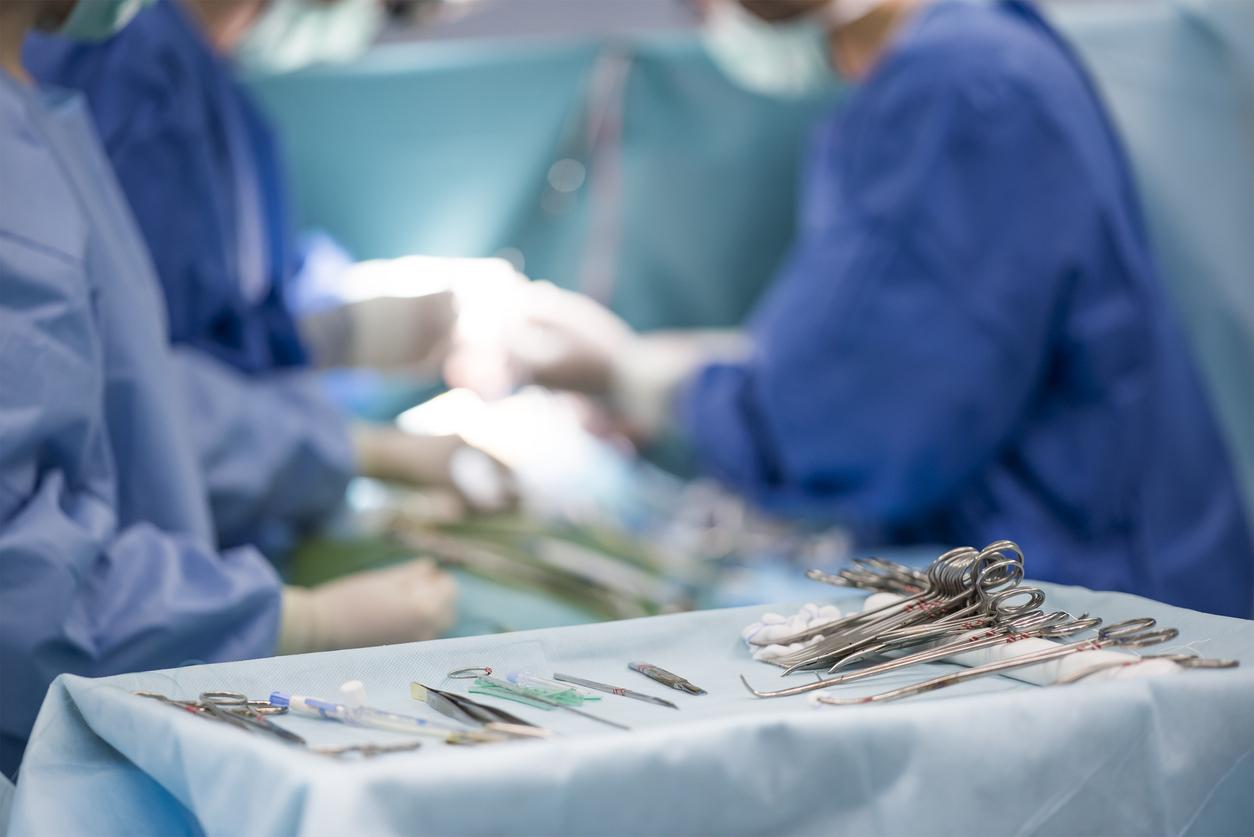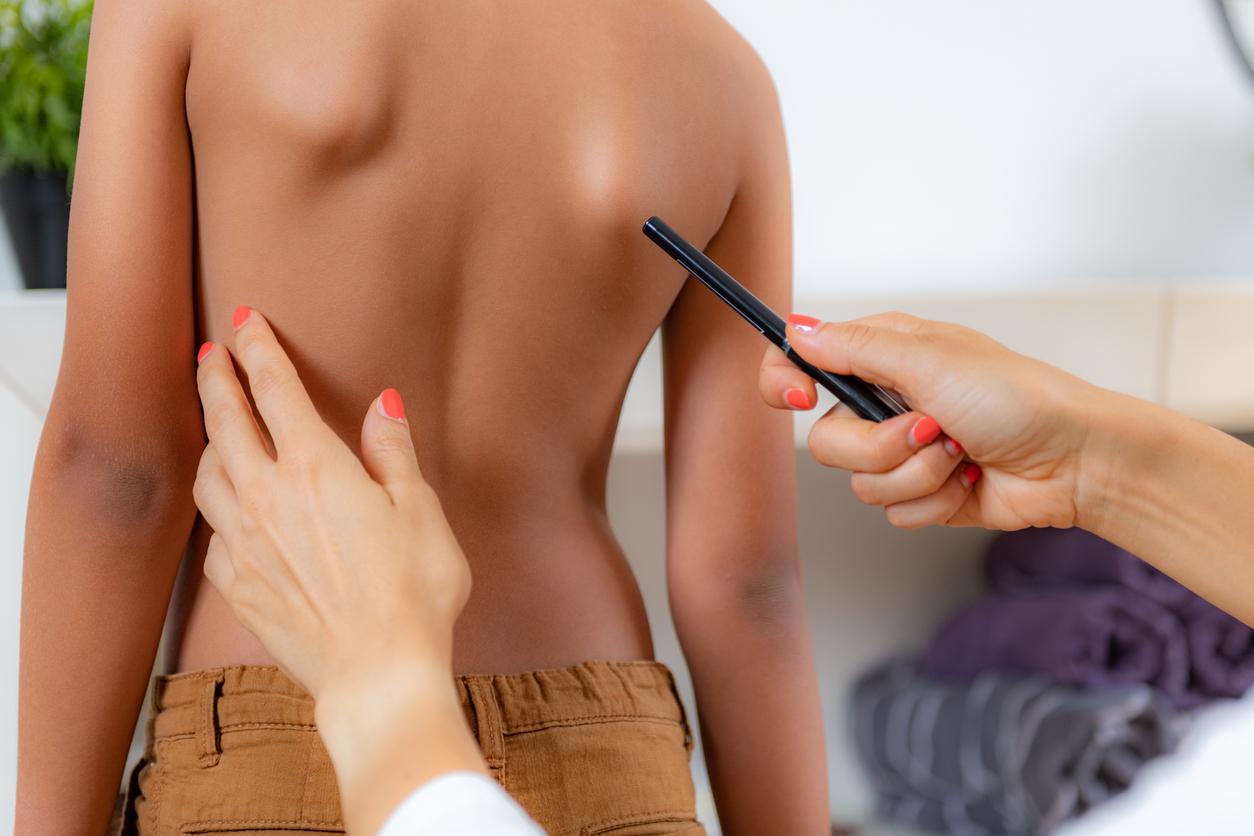Between the ages of 11 and 13, when puberty begins to take its toll, back deviations can set in within one to two trimesters. “It is as unpredictable as an earthquake”, underlines Dr de Mauroy, orthopedist. Girls are more affected. However, contrary to popular belief, scoliosis is not due to poor maintenance habits or to wearing a satchel that is too heavy.
Scoliosis are usually detected quite early. But, with young people hiding their bodies with the onset of puberty, some escape the supervision of doctors and parents. Deviations are then discovered at a more advanced stage. In this case, is rehabilitation enough or should we accept the wearing of a corset?
“For small deviations, this support does not provide any advantage: a scoliosis of 15 ° will remain at 15 °. Only those where the vertebrae have an inclination of more than 20 ° with the horizontal can benefit from it. at a deviation of 30 °, it suffices to wear your corset at night to resolve the main concerns “. If the deviation is more serious, it should be kept longer, up to 23 hours a day in the most difficult cases.
A corset for every age
Before age 11, the corset should not compress the still growing rib cage. Between the ages of 11 and 13, children wear adjustable corsets, which follow them as they grow. Then, when it comes to an end, they are entitled to a more aesthetic corset.
Wearing a plaster corset is sometimes necessary at first. “It allows you to play on the lengths of the ropes that are the ligaments to help the spine to reposition itself”, explains the orthopedist. Most often, this contention is worn for 4 weeks. Afterwards, the children experience the “classic” corset as a liberation. And the immediate aesthetic effect on their silhouette gives them the courage to approach the rest more calmly.
Towards an early detection test
A Quebec team is working on the development of a predictive test for certain scoliosis. This test would consist of identifying a hormone in the blood, melatonin, which plays a role in bone metabolism.
















